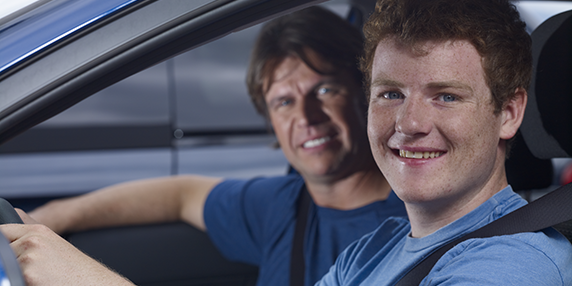Our Services

Class 7 License
Prepare for your N road test
You can take your road test as long as you’ve had your L licence (learner’s) for at least 12 months and have stayed prohibition-free.
To get ready for your test, be sure to get lots of on-road driving practice with a qualified supervisor and consider taking a driver training course. Try to practice at different times of day, in different weather and road conditions, and in unfamiliar neighbourhoods. You can also try Street Sense, new hazard perception application.
Whether you’re taking the Class 7 road test to get your N or the Class 5 road test to get your full licence, these study guides will help you pass:
- Read Learn to Drive Smart
- Take the road signs practice test
What to expect on your Class 7 road test
Your full road test — including time at the end to go over how you did — will take about 45 minutes. Your examiner will take you out on a route that tests your driving skills.
Class 5 License
Class 5 road test eligibility
You can take the Class 5 road test once you’ve been a Novice driver for 24 consecutive months without any driving prohibition.
You might even be able to take it after 18 months, if you’ve taken an ICBC-approved (GLP) driver training course in the L stage and met all other requirements. (No at-fault crashes, tickets, or prohibitions for the first 18 months of the N stage.)
You might also take the test if you’ve moved to B.C. with a licence from certain countries, your licence has been expired for more than three years, or you’re taking a driver re-exam requested by RoadSafetyBC.
Driving skills you’ll need to know
During your road test, you’ll need to demonstrate a variety of driving skills. These are the most common skills to practice:
- Driving through intersections, turning left and right
- Pulling out into traffic
- Pulling over and stopping at the side of the road
- Changing lanes
- Parking on a hill
- Starting on a hill
- Backing up
- Angle parking
- Parallel parking
- Stall parking (driving forward and backing up into a stall)
- Two and three point turns
- Merging on and off a highway
- General driving (e.g., driving straight, driving on hills and curves)
- Knowing what to do around emergency vehicles
Not every skill will be part of your test, but practicing them all will give you the best chance of being prepared.



